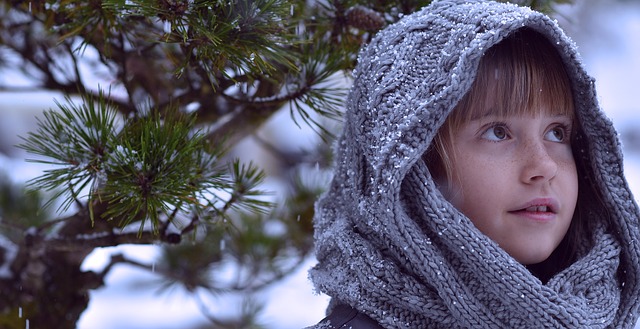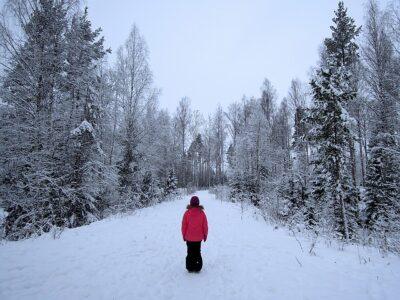|
Listen To The Article
|
Are you attached to your child at the hip every minute of every single day? Your children have a far greater chance of survival if they possess some basic self-reliance skills and have practiced the emergency disaster plan with the family.
Even if your work does not force you to leave the property and the children are homeschooled, they are still not protected from a crisis. Children, even the youngest ones in the family, must learn what to do if mommy and daddy are not home, are injured, or are killed, during a disaster. Teaching children about disaster should begin at a very early age and the information should be presented in a manner which does not scare the child, but still relays the seriousness of the issue.
For example, children are firmly taught that a stove is hot and not to touch it when they are a toddler, yet they do not fear walking by the stove when they scamper into the kitchen. Employ non-nonsense and loving tactics when educating children about emergency situations and their role during such situations.
Children need to learn what to do in event that specific disasters strikes. A checklist or picture book can help relay this message and reinforce the lessons learned during drills. Winter weather threats can quickly prove deadly for panicked children who suddenly find themselves without an adult around to save the day. If little Billy ventures out in the cold to look for help because the power went out, then he could get frostbit in mere minutes if not dressed properly.
Survival Skills to Teach Your Children
Some of the skills on this list may not be appropriate for young children, but here are 10 to consider:
- Foraging during winter and what can be eaten around the house.
- Starting a fire using multiple methods.
- Cooking over an open fire.
- How to use a “finger” saw to cut kindling.
- How to safely use a knife.
- Finding the way home, even in snow, from multiple directions.
- Warding off frostbite.
- How to dry damp or wet gloves, socks, and hats over a fire safely.
- Checking if frozen ponds and creeks are safe to walk on.
- Finding drinking water / melt snow to drink.
- Finding shelter when it’s cold.
Winter Survival Kit Items For Young Children
- Picture book which details family emergency plan with family contact information typed inside the front cover. Pages specific to winter survival and other weather-related disaster tips should be included in the book.
- Mylar blanket, gloves, hat, scarf, thermal socks, set of thermal underwear and handwarmers
- Flashlight and glow sticks.
- Basic first-aid kit with Band Aids, a quick clot bandage, triple antibiotic ointment, and antiseptic wipes.
- Map created to guide the child to a designated meeting place if they must evacuate the home.
- Several bottles of water and food which can be opened easily and eaten without heating.
Winter Survival Kit Items For Older Children
- Copy of family emergency plan, family contact information
- Flashlight and glow lights
- Mylar blanket, gloves, hat, scarf, thermal socks, set of thermal underwear and handwarmers
- Firestarter and reminder note about safety and details about starting a fire in the family fireplace or woodstove. Instructions on how to utilize the family solar generator if one is owned by the family.
- Bottles of water and long-term storage food which can be heated in a pouch but also food items which do not require cooking.
- Pocket knife, signaling mirror, binoculars and a compass
What would you add to this list? Share your ideas in the section below:
Learn How To ‘Live Off The Land’ With Just Your Gun. Read More Here.
 Off The Grid News Better Ideas For Off The Grid Living
Off The Grid News Better Ideas For Off The Grid Living






